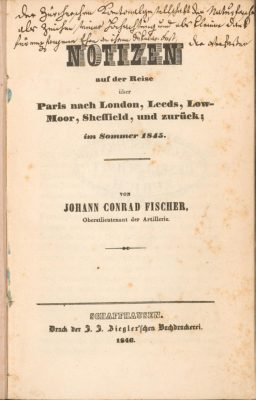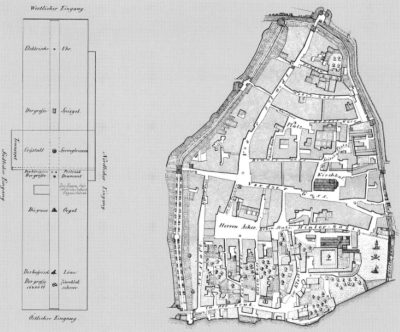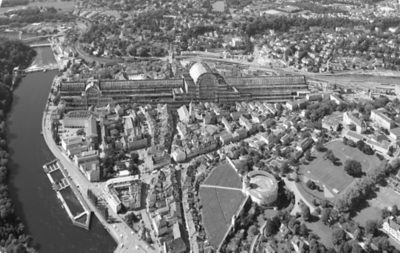Johann Conrad Fischer: Tagebücher 1773 – 1854. bearb. von Karl Schib. (Schaffhausen : Georg Fischer AG, 1951).
published October 2016
The favorite book of Nina Helg-Kurmann
In chapter nine of the “My favorite book” – series, Nina Helg-Kurmann presents Johann Conrad Fischer’s diaries. Due to her engagement with the company's historical documentation, the student employee of the Georg Fischer Corporate Archives is especially fascinated by this source of European development in the 19th century.
&crop=(0,0,401,248))


